No products in the cart.
Ephylone crystal rocks
€11.95
Very little data exists on the human pharmacokinetics and pharmacodynamics of ethylone and other substituted cathinones. Like amphetamines, synthetic cathinones exert their stimulating and sympathomimetic effects via increasing synaptic concentration of catecholamines such as dopamine, serotonin and norepinephrine. These molecules are able to inhibit monoamine reuptake transporters producing a decreased clearance of the neurotransmitters from the synapse. Furthermore, they may cause release of biogenic amines from intracellular stores.
Synthetic cathinones are generally less able than amphetamines to cross the blood–brain barrier because the beta-keto group causes an increase in polarity. Unlike other synthetic cathinones, pyrrolidine derivatives have a higher ability to cross the blood–brain barrier because the pyrrolidine ring confers a low polarity to these molecules. The studies on the metabolism of synthetic cathinones have shown that they are N-demethylated, the keto group is reduced to hydroxyl and ring alkyl groups are oxidised.
Purity: 98.5%
| 1 Gram | €11.95 |
| 3 Grams | €32.95 |
| 5 Grams | €49.95 |
| 10 Grams | €84.95 |
| 25 Grams | €167.95 |

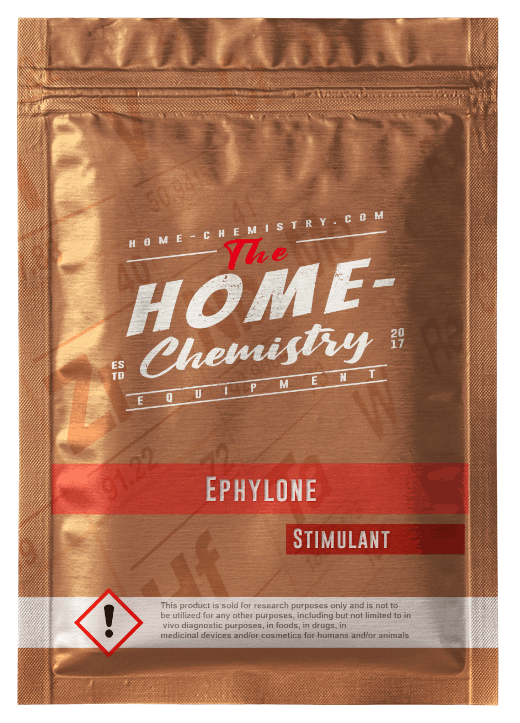
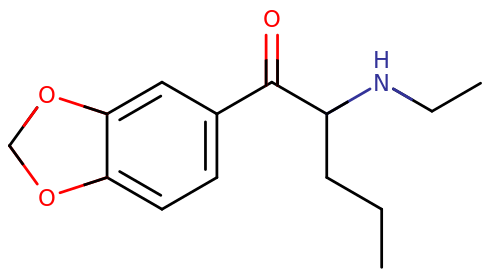
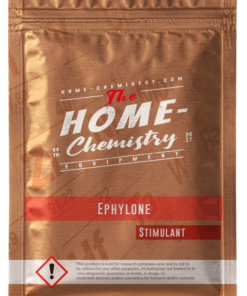

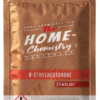
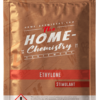


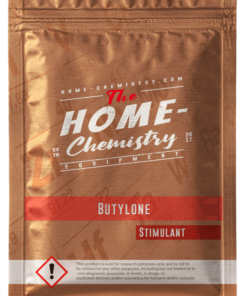

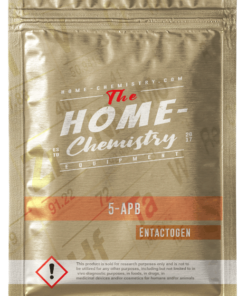

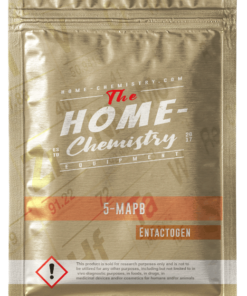

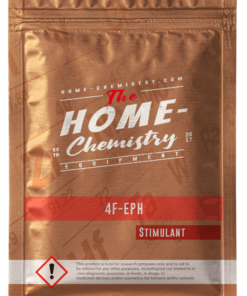

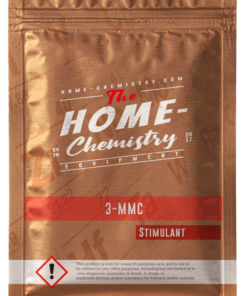

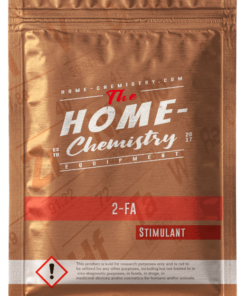

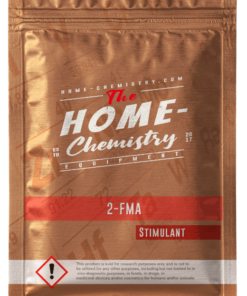

QuinnS39 –
fast delivery!